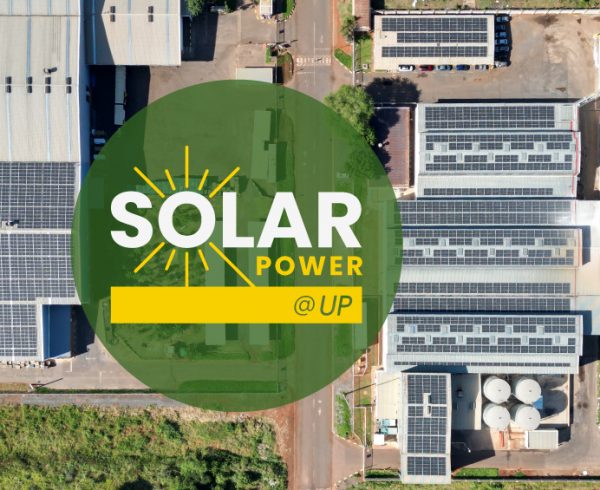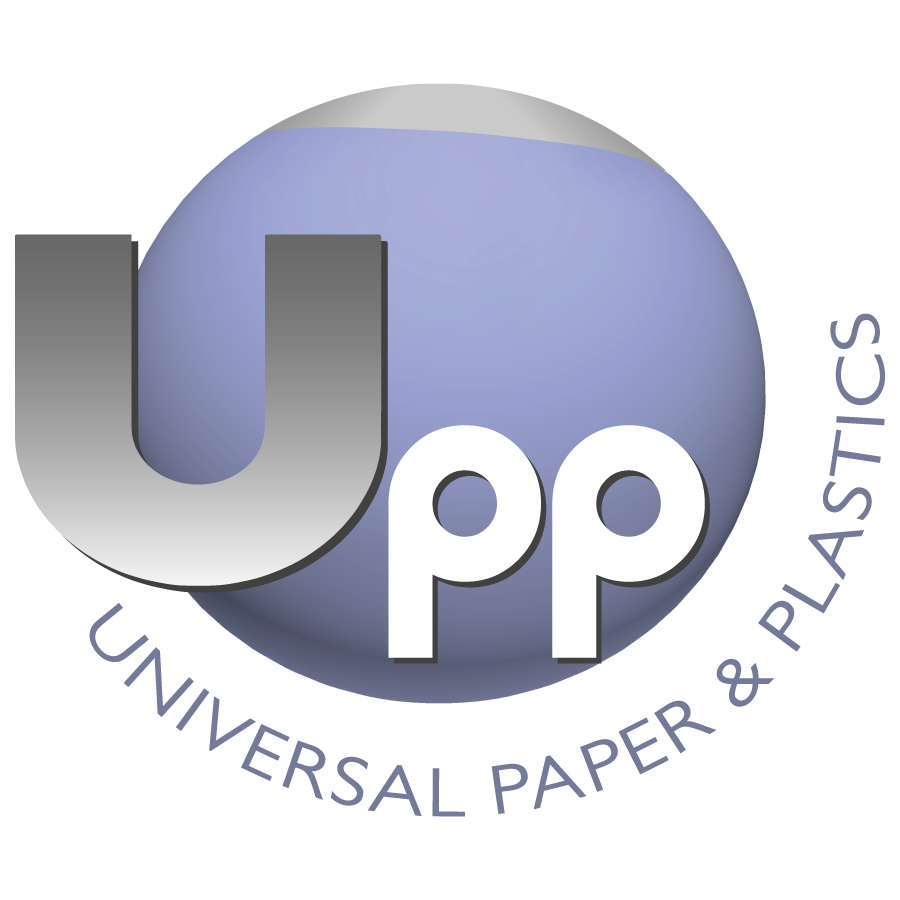Beyond the Basics: Unveiling the Key Factors Revolutionising Sustainable Paper Production
When considering the sustainability of paper production, several factors come into play.
Energy Efficiency: Implementing energy-efficient technologies and practices reduces greenhouse gas emissions and energy consumption during the production process.
Water Conservation: Employing water-saving measures, such as recycling and reusing water, minimises water usage and protects freshwater resources.
Carbon Footprint: Implementing strategies to reduce carbon emissions throughout the production and distribution processes, including transportation, helps combat climate change.
Waste Reduction: Implementing waste reduction measures, such as recycling, reusing, and minimising packaging materials, reduces landfill waste and conserves resources.
Chemical Management: Proper handling and management of chemicals used in the paper production process, including bleaching agents and dyes, minimises environmental contamination and potential harm to ecosystems.
Social Responsibility: Ensuring fair labour practices, providing safe working conditions, and supporting local communities contribute to the overall sustainability of paper production.
Certification and Standards: Obtaining and adhering to recognized certifications and sustainability standards, such as FSC (Forest Stewardship Council) or PEFC (Programme for the Endorsement of Forest Certification), demonstrate a commitment to responsible practices.
Transparent Reporting: Providing transparent reporting on environmental and social performance allows stakeholders to assess the sustainability efforts and progress of paper producers.
By prioritising these factors and implementing sustainable practices across the paper production lifecycle, the industry can move towards a more environmentally responsible and socially conscious approach.
Several other factors come into play when concerned with sustainability and paper production. We’ve got information on that in another blog post which continues on from this one. Read more about the other factors involved (part 2).









